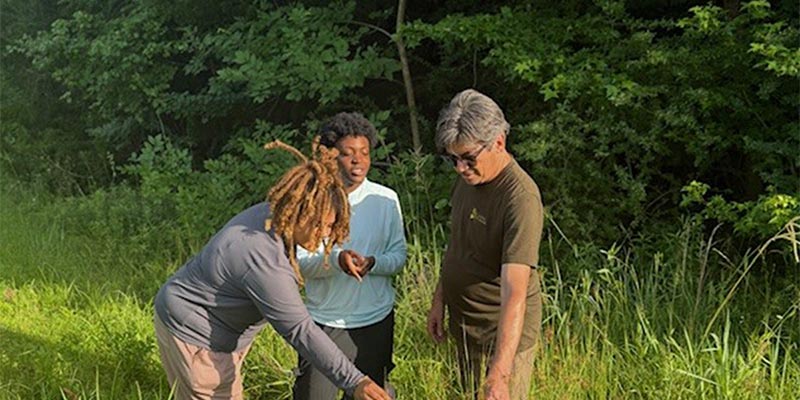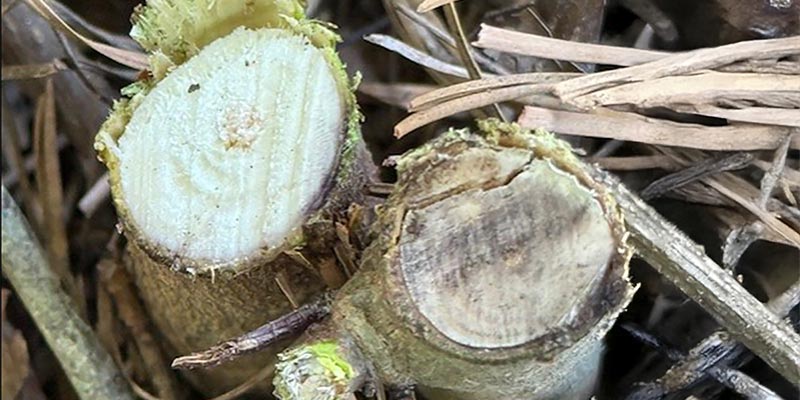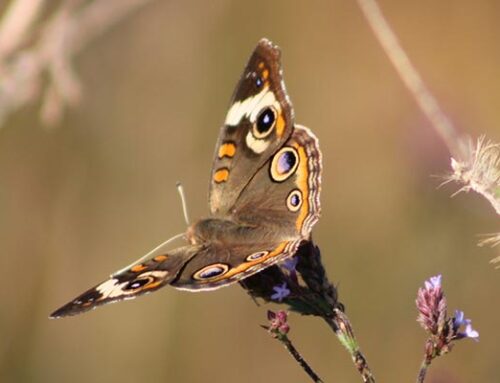Invasives Management

With a name like Sweetgum, it’s got to be good!
Maybe not….Although not considered by most to be ‘invasive’ per say the American Sweetgum (Liquidambar styraciflua) is aggressively outcompeting other native species for nutrients, water and sunlight. Its aggressive colonizing behavior paired with its intense shading capabilities can pose challenges for other understory plants to survive.
It flourishes in disrupted ground like logged forests; areas focused on the restoration of prairies and even abandoned land. In the southeast region of the United States, Sweetgum can quickly form dense stands, suppressing slower growing hardwoods like oaks and hickories that are equally essential to a balanced ecosystem. This unique ability to outgrow the competition is consequently altering natural forest regeneration patterns.

David Harper and Summer Interns Lucinda Duah and Madisyn Nooks review plant height in the prairie.
Birds and wind that carry seeds, and large rhizomes all contribute to Sweetgum’s strong reproduction capabilities. Sweetgum’s fibrous root system can easily pull important nutrients from the soil, helping individual plants to grow at a faster rate than other species. If you cut down one small sapling close to ground level and leave the stump exposed, you should expect two or more suckers to grow out of what remains. In some cases, upwards of five sprouts can form out of a 2’ diameter stub.
Environmental restoration and biodiversity focused projects require American Sweetgum management. A freshly cut pith seems to absorb an herbicide that is applied more easily within the first few minutes. The ‘cut and dab’ method of killing this plant is effective when applied immediately. Over time, the tree begins to create a barrier that seals itself off and shuts down the internal transportation system. So, it’s important to treat the stump within the first few minutes for maximum effectiveness.

Fresh cut stump vs. 2 days aged.
Not all bad, the American Sweetgum offers beneficial nesting protection to a variety of birds and animals. The tree supports various insect species like butterflies, beetles, and caterpillars, including the Luna Moth (Actias luna). The seeds from the Sweetgum tree help feed finches, doves, and squirrels, all of which are vital to a healthy ecosystem. The challenge is finding a delicate balance between enough and too much.







